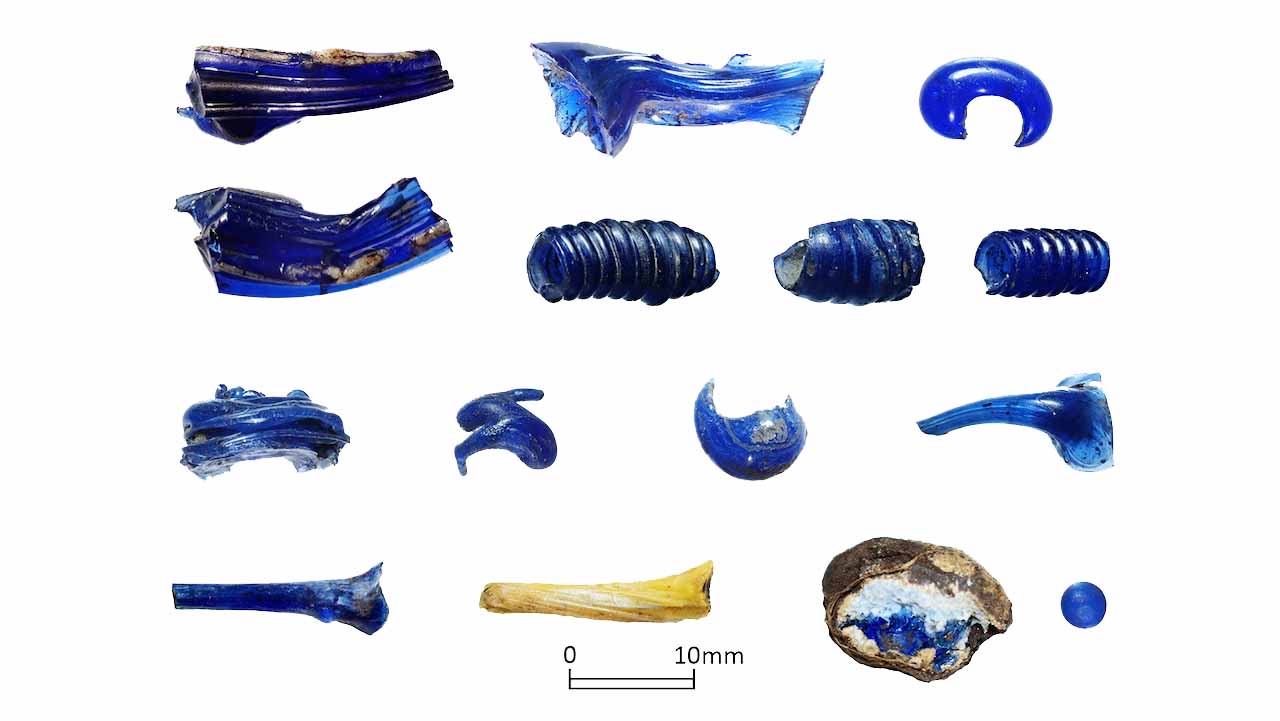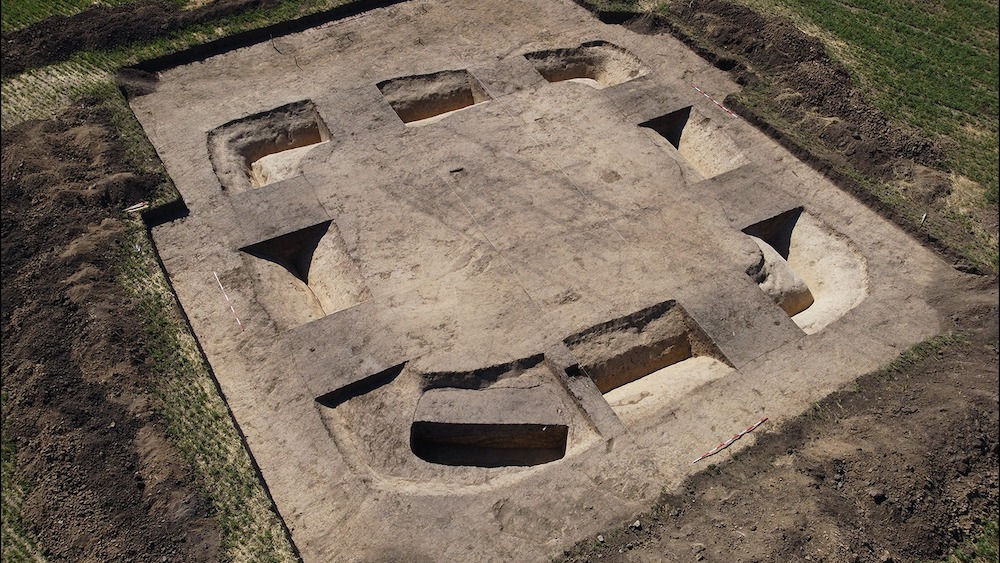
Archaeologists in the Czech Republic have unearthed the oldest known glass workshop north of the Alps at a site that may have been used for ritualistic purposes.
The Iron Age workshop is part of an early settlement site known as Němčice that operated throughout the third and second centuries B.C., churning out a variety of exquisite glass bracelets and beads. During excavations, archaeologists also discovered more than 2,000 gold and silver coins minted by Celts who lived in continental Europe, indicating that the site was a trading hotspot. The team also unearthed a possible sanctuary, suggesting that Iron Age people performed rituals there, according to a study published June 29 in the journal Antiquity.
Researchers discovered Němčice while conducting excavations in 2002 and during subsequent surveys have discovered sunken huts, bronze amulets and coins scattered throughout the site. The coins are clues that Němčice was likely part of the "Amber Road," a large central European network that linked the Baltic coast to the Mediterranean region. However, more than 20 years would pass before they would find the glass workshop, according to a statement.
Related: Bronze Age gold belt with 'cosmological' designs unearthed in Czech beet field
While glassmaking tools were not found there, researchers discovered a mix of finished and incomplete glass and amber items, which could indicate that they were crafted onsite and not imported from elsewhere.
"No one yet knows how exactly the Celts made glass bracelets," lead author Ivan Čižmář, an archaeologist at the Institute of Archaeological Heritage Brno in the Czech Republic, said in the statement. "Therefore, we were interested in anything that tells us something about the technology of production."

In addition to the artifacts, researchers discovered a square structure that resembled similar ancient buildings used for rituals, including a site called Sandberg in Austria that was once occupied by Celts, according to the study.
"The presence of these likely sacred features at Němčice indicates the character of the site not only as a trade and production center," Čižmář said, "but also as a seat of an elite and ritual center."






